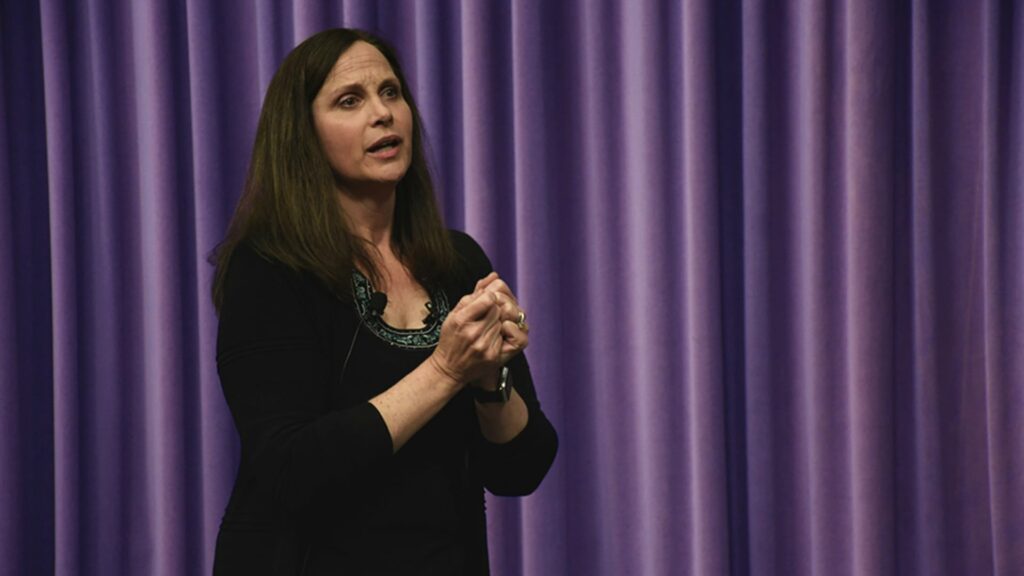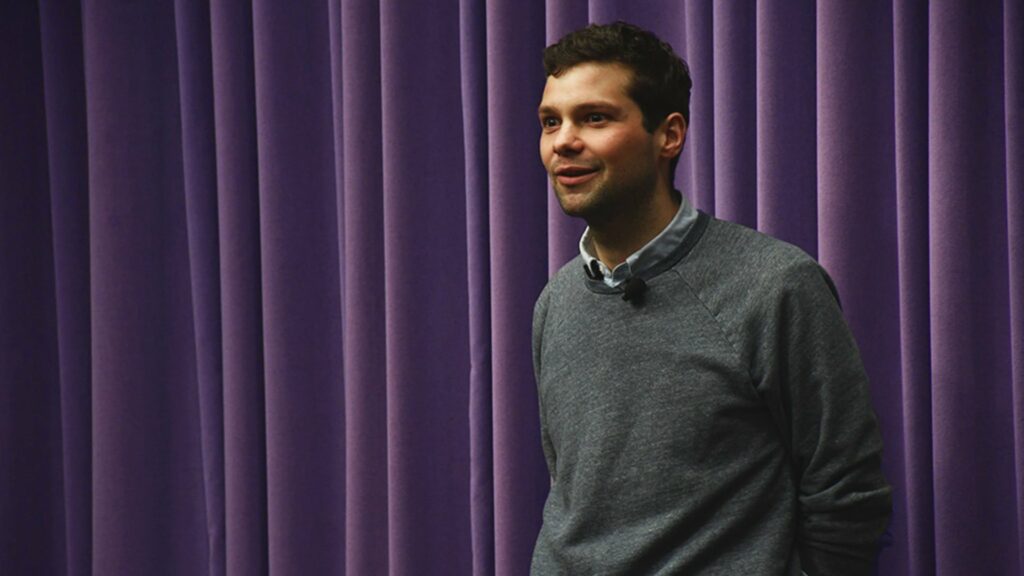
Amazon’s $13.7 billion purchase of the Whole Foods Market chain, which is now a done deal, has grocery shoppers salivating at the thought of never having to walk into a supermarket again.
Likewise, entrepreneurs and artisans behind the upscale products that fill Whole Foods’ shelves see the upside of Amazon leveraging its constant growth and ubiquitous brand to bring their goods to a wider audience online at a price that no longer reeks of “whole paycheck.”
But for the rest of us left trying to read the fair-trade tea leaves, Amazon’s latest move is a little confusing. Why Whole Foods? Why now? And why did Amazon CEO Jeff Bezos decide to buy the Washington Post four years ago?
For these questions, we turn to Stanford Professor Kathleen Eisenhardt, a leading scholar on strategy and organization in technology companies and high-velocity industries. While she is on faculty in the university’s engineering school, Eisenhardt says Amazon’s business dealings remind her of experiments in genetic modification.
Organizations can simultaneously be thought of, and act as, monolithic entities and smaller components or genes acting in concert, according to Eisenhardt, who holds the S.W. Ascherman M.D. professorship in Stanford’s Department of Management Science & Engineering. By understanding that there are specific, gene-like areas that can be “mutated,” leaders can think more nimbly about how to innovate and scale without unwinding the helix of an entire organization.
In other words, the 470-store chain that proudly promotes its many non-GMO products now finds itself owned by none other than a Genetically-Modified Organization. The good professor elaborates below …
Stanford eCorner: You say that Amazon’s top business priority is growth, not profit. And the price cuts Amazon has made across Whole Foods products signal that. Why does a strategy focused on growth, rather than profit, make sense here?
Kathleen Eisenhardt: Growth over profit has been the Amazon strategy from day one. More accurately, the Amazon strategy is to sell to customers whatever they want at the best possible price, and however they want to buy it. Practically speaking, this ends up favoring growth over profit. It’s also why Amazon was originally named “Amazon” – for the river – and not something limiting like “Books Now.”
The best and most reliable way to grow a company is to leverage existing resources into new markets. Resource leverage works particularly well for Amazon because low profitability in new markets is not the deterrent that it is for most other firms. Amazon simply enters the markets in which customers want to buy products.
So growth over profit doesn’t make more or less sense in the context of Amazon. Rather, it is what Amazon does!
eCorner: Speculation from industry watchers has ranged from the acquisition being Amazon’s play to beat Walmart in the fresh-foods sector, to it being a move to increase its warehousing capacity to serve existing and new customers. How do you see it?
Eisenhardt: The acquisition is a quick way to build a physical presence, rather than starting from scratch. And from what I know, the goal is, again, serving customers regardless of what they want to buy. So it’s not about beating Walmart, although that might happen. Vertical integration is not key, either. Instead, they are offering what customers want to buy and how they want to buy it!
There’s a lesson here for entrepreneurs whose goal is growth: Don’t waste time worrying about competitors and markets. Focus on knowing and understanding your audience’s needs fully, and evolving with your customers to make your products and services absolutely essential.
eCorner: You describe an interesting way to make sense of Amazon’s moves – by seeing the various components of its business model as genes, and how new initiatives are essentially Amazon “mutating” a given gene so as to produce a different outcome. Could you explain this a little more?
Eisenhardt: Amazon has product, channel, country, customer, and fulfillment “genes” – genes for every core aspect of its business. It is constantly mutating single genes, like at the start when the company started with books and then added music, video and other products – mutating the “product” gene.
But every so often, Amazon mutates many (but not all) genes, like the introduction of marketplaces and web services. They then go back to make lots of small single-gene changes. The strategy is very organic and very smart from an evolutionary biology lens: many small changes and occasionally big ones.
The Whole Foods acquisition is remarkable only in that Amazon seems to be using it to speed its evolutionary progress. But it’s not different from what the company has consistently done before – a major gene change in channel, but same customers, geography and even products as those covered by its existing Amazon Fresh service.
Metaphorically speaking, entrepreneurs may want to look at their venture at microscopic level and unpack its DNA. Adjusting the focus and seeing their organization in more detail can reveal opportunities for change and, ideally, growth.
If Amazon has “genes” for product, channel, customer, and country, what genes does your organization have? Which genes can you tweak for growth, or which are you stuck with? How will you continue to grow? Consider taking a page from Amazon’s evolutionary playbook.







